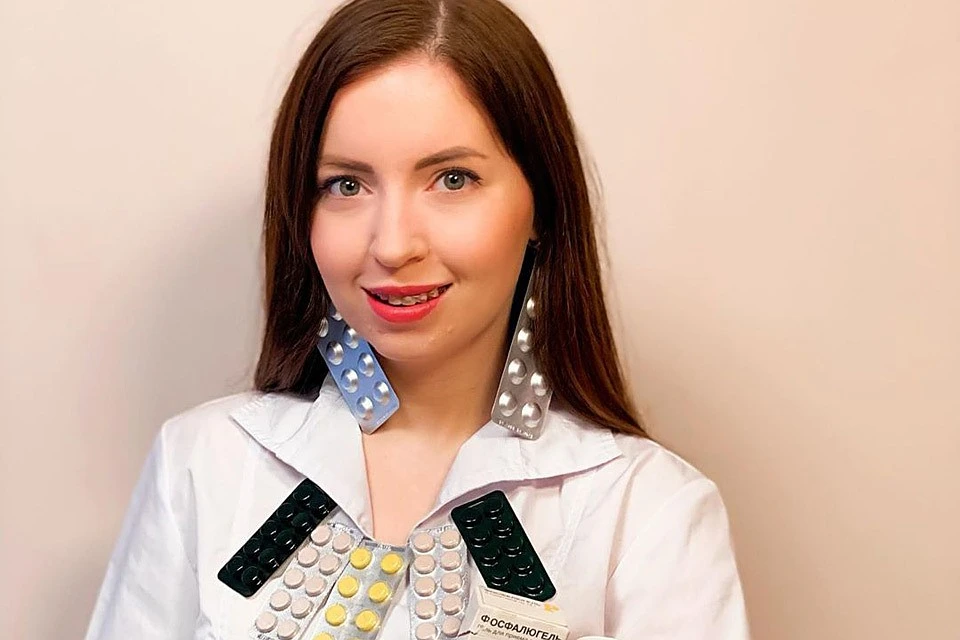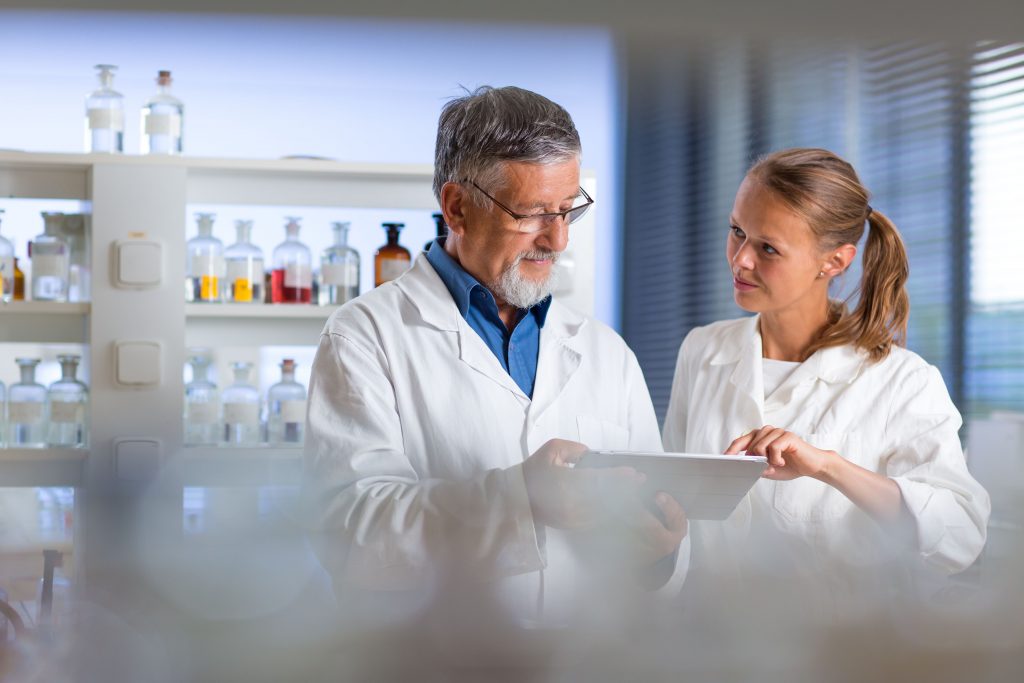
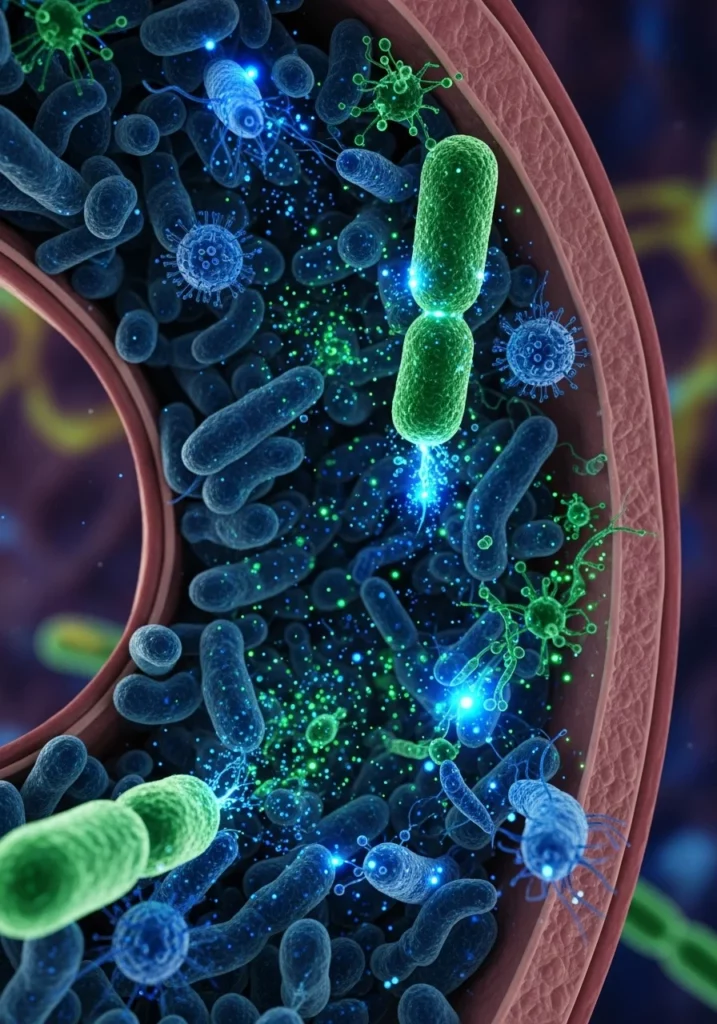
We are used to talking about probiotics (live bacteria) and prebiotics (their “food”). But modern science has taken the next step — postbiotics.
These are ready-made bioactive substances produced by bacteria during fermentation: short-chain fatty acids (SCFA), signaling peptides, enzymes, cell fragments, and neurotransmitter metabolites.
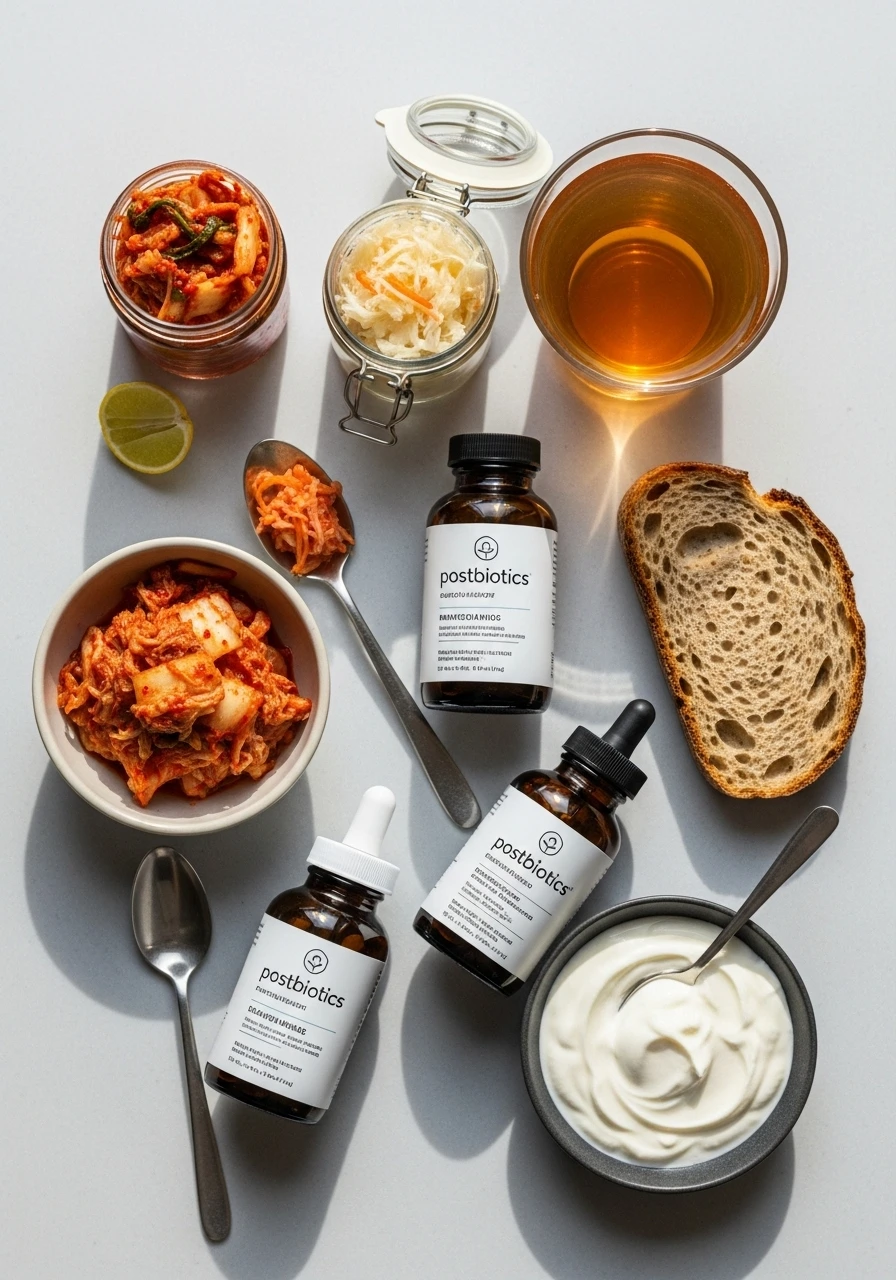
Unlike probiotics, postbiotics do not require bacterial survival in the gut, so they are stable, safe, and effective even in those with a disrupted microbiome — after antibiotics, stress, or illness.
Probiotics, Prebiotics, and Postbiotics: What’s the Difference
Probiotics are live bacteria that colonize the gut and help maintain microbiota balance.
Prebiotics are dietary fibers (inulin, fructooligosaccharides) that serve as their “fuel.”
Postbiotics, on the other hand, are the result of their activity, a concentrate of active substances that directly interacts with the body’s cells.
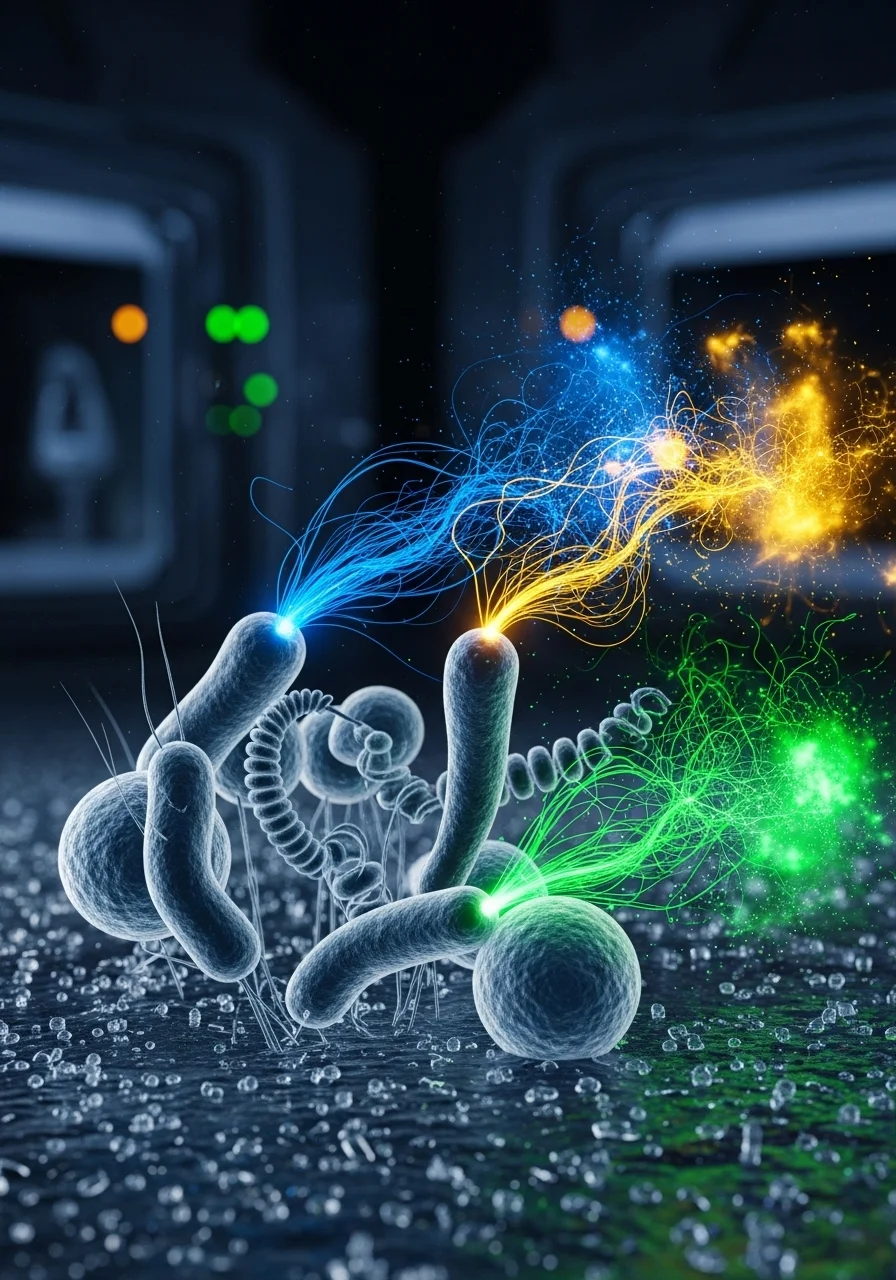
This can be visualized simply:
🦠 Probiotics are the “workers,”
🌾 Prebiotics are their “food,”
💧 and postbiotics are the “work product,” meaning ready signaling molecules that trigger repair processes, anti-inflammatory regulation, and neurotransmitter synthesis.
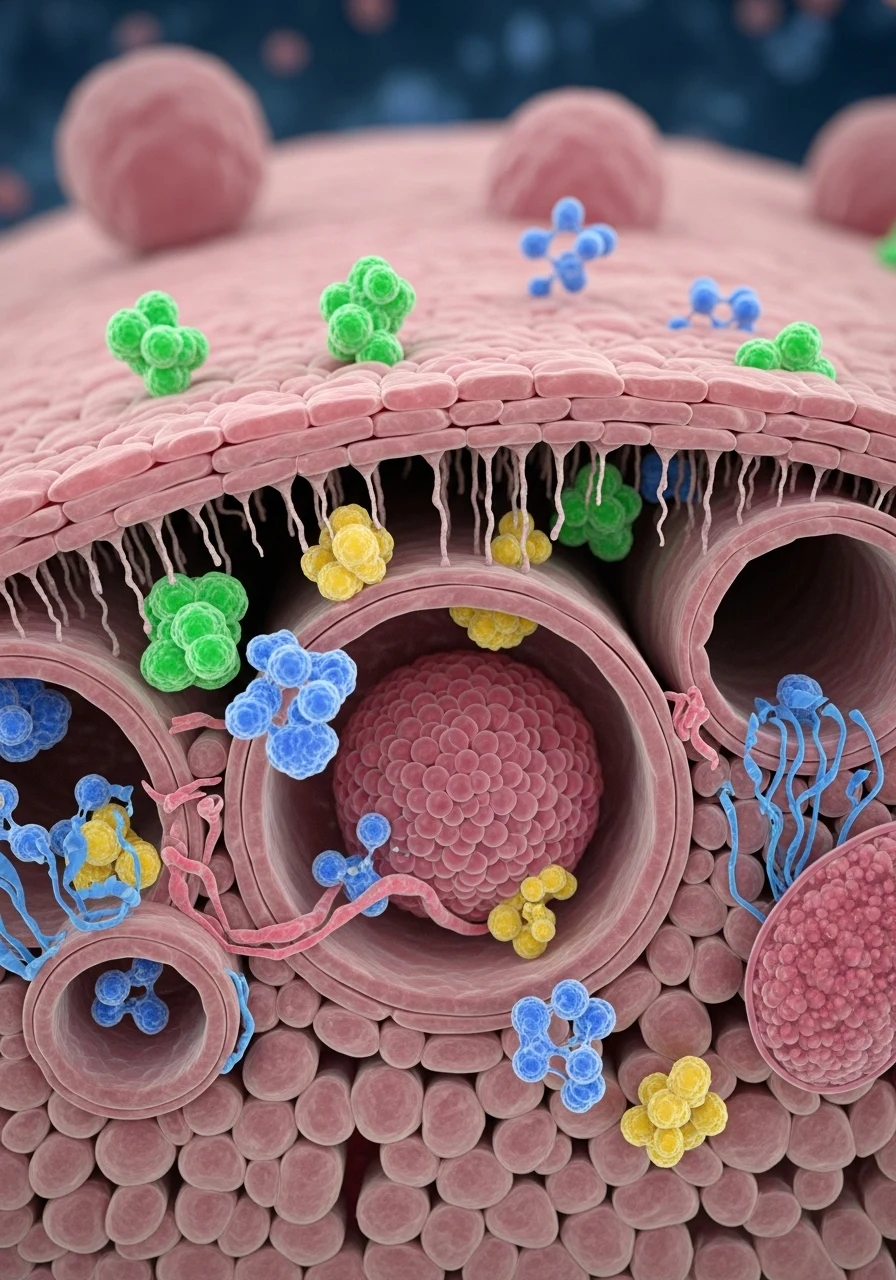
Main Types of Postbiotics and How They Work
-
Short-chain fatty acids (SCFA) — acetate, propionate, and butyrate.
They nourish gut epithelial cells, reduce inflammation, lower environmental acidity, improve barrier function, and influence genes related to immune regulation.
For example, butyrate activates the FOXP3 gene, which controls T-regulatory cells — the body’s “anti-inflammatory brakes.” -
Bacterial peptides and enzymes — nisin, lactacin, glutathione peroxidase.
These compounds act as natural antioxidants, inhibit pathogen growth, and reduce oxidative stress.
Peptides synthesized by Lactobacillus plantarum reduce IL-6 and TNF-α levels, which is particularly important in irritable bowel syndrome. -
Postbiotic neurotransmitters — GABA, serotonin, and tryptophan derivatives.
They act on the gut–brain axis, regulating mood, appetite, and sleep.
That’s why postbiotics are included in nutraceuticals to reduce anxiety and support cognitive function and sleep. -
Bacterial cell fragments — peptidoglycans, lipoteichoic acids, β-glucans.
They train the immune system without causing inflammation, strengthen the mucosa, and increase resistance to infections.
Table. Practical Applications of Postbiotics
| Area | Type of Postbiotic | Expected Effect |
|---|---|---|
| Immunity & Gut | Butyrate, bacterial cell fragments | Restoration of barrier function, reduced inflammation |
| Skin & Microbiome | Lactobacillus peptides, β-glucans | Less irritation and dryness, improved elasticity |
| Nervous System / Stress | GABA, tryptophan metabolites | Relaxation, improved sleep and mood |
| Metabolic Health | Propionate, butyrate | Reduced insulin resistance, weight control |

How Postbiotics Affect the Body
Once they reach the gut, the active molecules interact with receptors on epithelial and immune cells, as well as with neurons of the enteric nervous system.
This creates a chain reaction of signals that normalizes the microbiome, reduces inflammation, enhances the mucosal barrier function, and even influences brain activity.
Postbiotics also stimulate mucus production, which protects the gut lining, and support a calm, “balanced” immune system, reducing the risk of allergies and autoimmune reactions.
Questions & Answers
1. Can postbiotics be taken together with probiotics?
Yes, this is even recommended — such a tandem enhances the effect because live bacteria continue to produce new active compounds.
2. Are postbiotics safe for children and the elderly?
Yes, because they do not contain live cells and cannot cause infection.
3. Do they really affect mood and sleep?
Yes, through the gut–brain axis — GABA and serotonin synthesized by bacteria improve stress resilience and sleep quality.
4. Is a long course necessary?
Optimal duration is 2–4 weeks, especially after antibiotics or gut disturbances.
5. Are postbiotics used in cosmetology?
Yes, in the form of bacterial lysates (Bifidobacterium lysate) to strengthen the skin microbiome.
Conclusions
Postbiotics are a smart alternative to probiotics, combining stability, safety, and high bioactivity.
They act not through gut colonization but via biosignals that influence body cells, activating repair processes, calming the immune system, and improving psycho-emotional state.
This is a new generation of nutraceuticals that expands the concept of “health from within.”
References
-
Aguilar-Toalá, J. E. et al. Frontiers in Microbiology, 2025 — “Next-generation postbiotics: definition and health potential.”
-
Plaza-Diaz J. et al. Nutrients, 2024 — “Postbiotics and SCFA in gut–brain axis regulation.”
-
Kobyliak, N. et al. Clinical Nutrition, 2023 — “Butyrate and intestinal barrier integrity.”
-
Lee, Y. J. Dermato-Endocrinology, 2024 — “Postbiotics in skin health and cosmetic applications.”
-
Sanders, M. E. Trends in Food Science & Technology, 2025 — “The postbiotic paradigm shift.”


